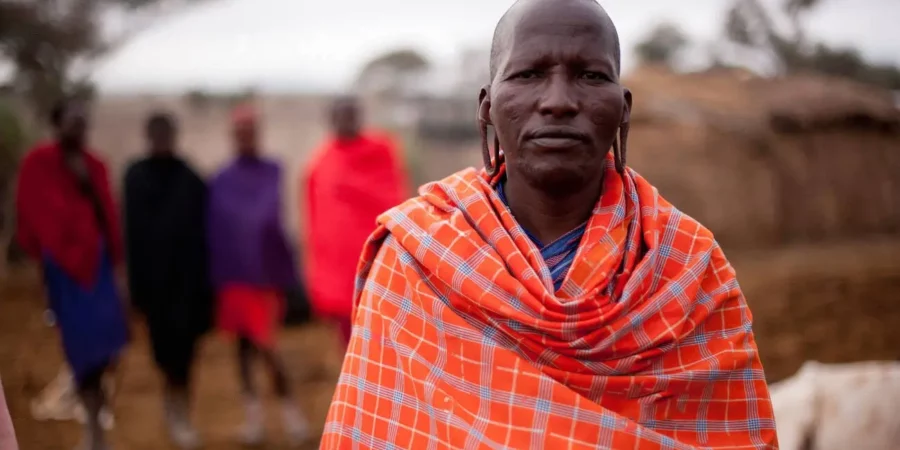Introduction:
Nestled within the stunning landscapes of Kenya lies a vibrant fabric steeped in rich cultural heritage—the Maasai kikoi. Woven with precision and care, this traditional cloth carries the spirit of the Maasai people, capturing their traditions and way of life. In this article, we embark on a journey to explore the origins of the Maasai kikoi, where to find these exquisite textiles, and the diverse range of uses they hold within Kenyan culture.
Uncovering the Maasai Kikoi:
The Maasai kikoi holds a special place in the hearts of the Maasai community, one of Kenya’s most renowned ethnic groups. Known for their pastoral lifestyle and distinctive customs, the Maasai people have been crafting kikois for generations. The kikoi is a rectangular piece of cloth woven from fine cotton threads, typically measuring 150 centimeters long and 120 centimeters wide. Its versatility and striking patterns make it an icon of Maasai craftsmanship.
Traditional Production:
Creating a Maasai kikoi is a labor-intensive process that demands immense skill and dedication. Traditionally, Maasai women are responsible for weaving these stunning textiles. Sitting at their looms, they skillfully intertwine threads in vibrant hues, forming intricate geometric patterns that reflect the Maasai culture’s rich symbolism. Each kikoi is a unique masterpiece, with patterns and colors that vary between communities and individual weavers.
Where to Find Maasai Kikois:
To immerse yourself in the world of Maasai kikois, the best place to start is Kenya’s Maasai Mara region. Here, local markets and craft cooperatives showcase a wide range of kikois, handcrafted by skilled Maasai artisans. Popular destinations such as Nairobi, Mombasa, and Arusha also offer a variety of shops and markets where one can find authentic Maasai kikois.
Uses of the Maasai Kikoi:
Beyond being a symbol of cultural heritage, the Maasai kikoi serves multiple practical and decorative purposes. Let’s explore some of its versatile applications within Kenyan society:
- Clothing: Maasai kikois are often worn as sarongs, wraps, or skirts, providing comfort and protection in Kenya’s warm climate. Their vibrant colors and intricate patterns add a touch of elegance to any outfit.
- Home Decor: Maasai kikois are also used as decorative throws, tablecloths, or wall hangings, infusing living spaces with the spirit of Maasai traditions. Their bold designs can instantly enliven any interior.
- Cultural Significance: Maasai kikois are an integral part of Maasai ceremonies and rituals. They are commonly used as ceremonial attire during festivals, weddings, and other important cultural events, symbolizing unity and heritage.
- Souvenirs and Gifts: Many visitors to Kenya seek out Maasai kikois as unique and meaningful souvenirs. Their vibrant colors and cultural significance make them treasured gifts that carry the essence of Kenyan craftsmanship.
Preserving a Cultural Legacy:
In a world that is rapidly changing, the Maasai kikoi remains a steadfast symbol of the Maasai people’s enduring traditions. By supporting local artisans and choosing authentic Maasai kikois, we contribute to the preservation of this age-old craft and the vibrant cultural tapestry of Kenya.
Conclusion:
The Maasai kikoi is far more than just a piece of fabric; it is a testament to the Maasai people’s rich heritage and craftsmanship. With its striking colors, intricate patterns, and versatile applications, the kikoi weaves together the past, present, and future of Kenya’s cultural tapestry. By embracing and celebrating this unique tradition, we ensure the preservation of a timeless art form, leaving a lasting impact on generations to come.
Average Price of Maasai Kikoi in Kenya
| QUANTITY | PRICE IN KES | WHERE TO BUY |
| 1PC | 500.00 | Maasai Market, Nairobi Town |



Leave a Reply